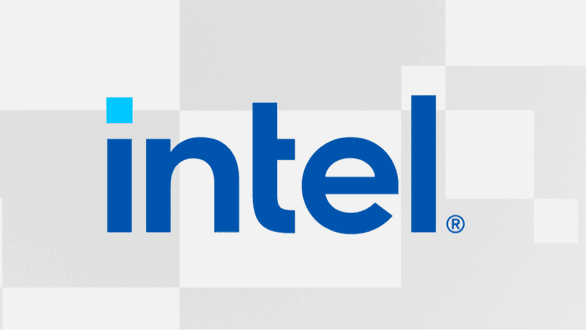- Joined
- Aug 19, 2017
- Messages
- 3,251 (1.12/day)
Xilinx Field Programmable Gate Arrays (FPGAs), now part of AMD, are always in demand in the semiconductor industry. Today, AMD has shared a letter to Xilinx customers that the selected FPGA device series will receive an 8-25% price increase. Citing AMD's investment into the supply chain, along with increased prices from the suppliers, Xilinx FPGAs will get more expensive. From January 9, 2023, the cost of the Spartan 6 series will increase by 25%, the price of the Versal series will not increase, and all other Xilinx products will increase by 8%. Interestingly, the older series manufactured on 40-28 nm nodes will increase while the latest Versal series doesn't experience any change.
Regarding lead times, the 16 nm UltraScale+ series, 20 nm UltraScale series, and 28 nm 7 series all take 20 weeks from order to delivery, which will remain until the third quarter of 2023. You can read the entire document below.


View at TechPowerUp Main Site | Source
Regarding lead times, the 16 nm UltraScale+ series, 20 nm UltraScale series, and 28 nm 7 series all take 20 weeks from order to delivery, which will remain until the third quarter of 2023. You can read the entire document below.


View at TechPowerUp Main Site | Source








